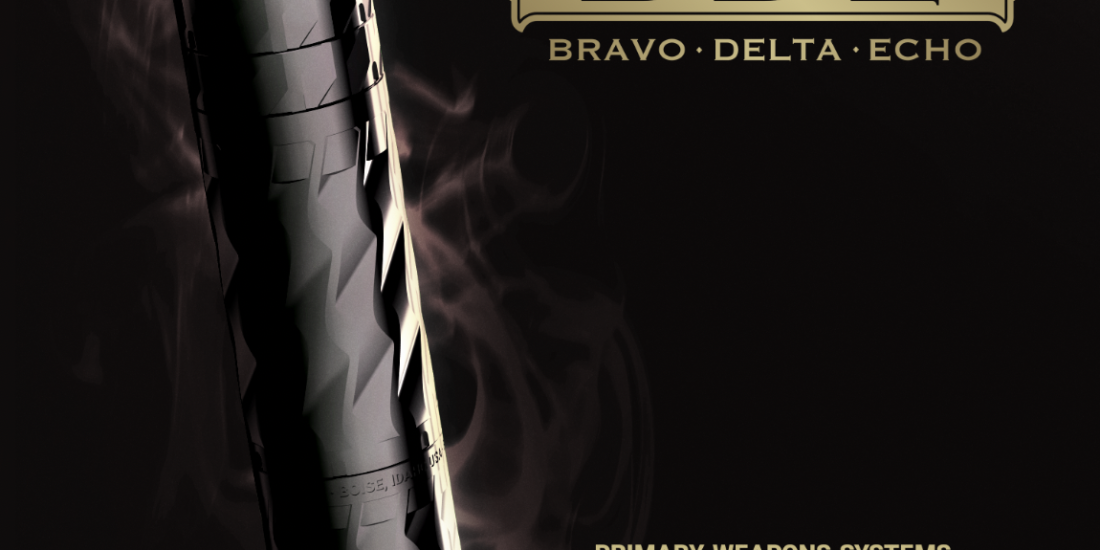How Suppressors Work

A suppressor, also known as a silencer, is a device that is attached to the barrel of a firearm and is designed to reduce the noise and muzzle flash that is produced when the firearm is discharged.
Suppressors work by using a series of internal chambers and passages that are designed to slow and cool the expanding gases that are produced when the firearm is fired. When a bullet is fired, the force of the explosion pushes the bullet out of the barrel and creates a shockwave of hot, expanding gases. These gases are what produce the loud noise and bright flash that are associated with gunfire.
A suppressor is able to reduce the noise and flash of the gunshot by trapping and cooling the expanding gases. As the gases pass through the suppressor, they are slowed down and cooled by the internal chambers and passages, which reduces the energy of the gases and reduces the amount of noise and flash that is produced.
In addition to reducing the noise and flash of the gunshot, suppressors can also help to reduce recoil and improve the accuracy of the firearm. This is because the suppressor acts as an additional weight on the barrel of the firearm, which can help to counterbalance the recoil and improve stability when the firearm is fired.
It’s worth noting that suppressors do not completely eliminate the noise and flash of a gunshot, but they can significantly reduce it. In addition, suppressors are regulated by law in many countries, so it is important to check the laws in your area before purchasing or using a suppressor.






